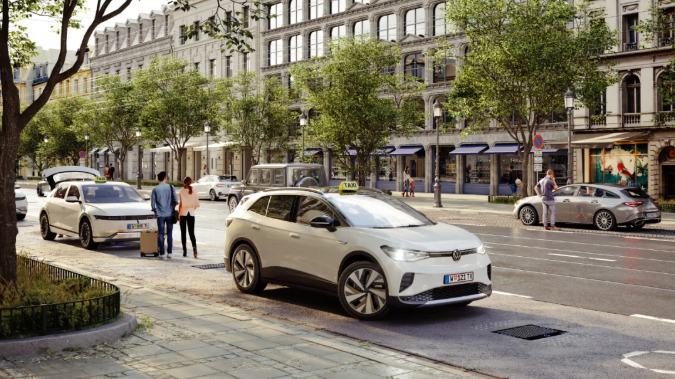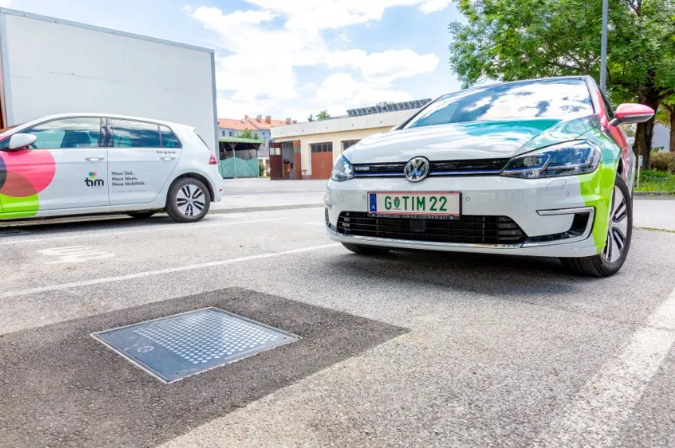In order to reduce emissions and further improve the quality of urban life, Vienna and Graz, Austria’s two largest cities, will increasingly turn to electric taxis. However, in order for electric taxis to operate more economically, it is necessary to avoid interrupting normal operation due to going to distant charging stations. Therefore, charging at the taxi waiting station is very important. If charging is carried out in the waiting station, barrier free charging facilities need to be arranged in the waiting station. If charging is frequent at the guest station, the charging process should be as simple as possible. Therefore, how to automatically charge directly at the taxi waiting station has attracted extensive attention. In order to gradually achieve this goal, Austria recently launched the “etaxi Austria” project. The unique project in the world will apply the automatic conductive charging technology matrix charging developed by easelink company to 10 taxi waiting stations and 66 electric taxis in Vienna and Graz in the next two years. After the vehicle and charging station are refitted, there is no need to use cables to connect the electric vehicle to the charging pile, because the vehicle equipped with matrix charging connector under the vehicle body can be connected to the charging board of the taxi waiting station by pressing a button on the vehicle. Taxi charging will be charged automatically, and the driver can complete the whole charging process without even leaving the vehicle. In the next three years, the 66 electric taxis will use the automatic charging technology for daily charging.Etaxi Austria is by far the largest electric taxi project in the world to realize automatic charging directly in the taxi waiting station, and it is also the first project to apply efficient and automatic conductive charging technology in the operation of electric taxi. The two models of Hyundai IONIQ 5 and Volkswagen ID 4 participating in the project adopt a matrix charging system supporting 11 kw AC charging, and matrix charging will then launch a matrix charging system supporting 22 kW AC charging and 100 kW DC charging at 800 v. “As a technology independent of any automobile manufacturer, matrix charging can be applied to most electric vehicles in today’s market,” said Hermann Stockinger, founder and CEO of easelink. “The charging board installed in the parking space is solid and maintenance free, and can be installed in public places and private parking spaces.”

The electric taxi of Vienna taxi waiting station uses matrix charging board for automatic charging
From 2025, Austria will only allow taxis equipped with zero emission power system. The etaxi Austria project aims to set the tone for this and is ready to launch a fully automatic charging infrastructure. In the past few years, the charging infrastructure in Vienna and Graz has been expanded on a large scale. In the Vienna region, Wien Energie, Austria’s largest energy supplier, has operated more than 1900 public and semi public charging stations. “For the electrification of taxi fleet, the automation of charging at waiting stations is very important. This can only be achieved through powerful charging technology, which can be integrated into the road in a flush ground form to achieve accessibility. Matrix charging meets these requirements and achieves high efficiency through physical connection. Due to the decentralized design of charging infrastructure and vehicles and charging points The long-term connection between can realize the integration of power grid services into urban power grid. “Said Paul gredler oxenbauer, group director of charging solutions at Wien Energie GmbH.
“Through the etaxi 2.0 * project, we are adapting Graz to the future and launching the international lighthouse project in the field of urban transportation. I am particularly pleased that the two major cities of Austria, Graz and Vienna, are working together to achieve more environmentally friendly transportation!” Siegfried nagl, mayor of Graz, said excitedly.

 rongtech
rongtech
您好!Please sign in